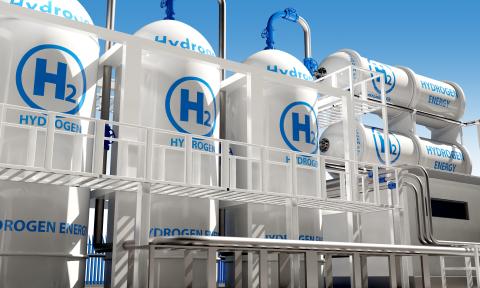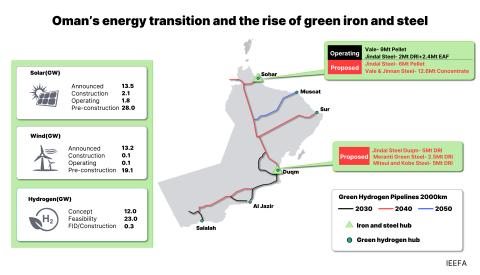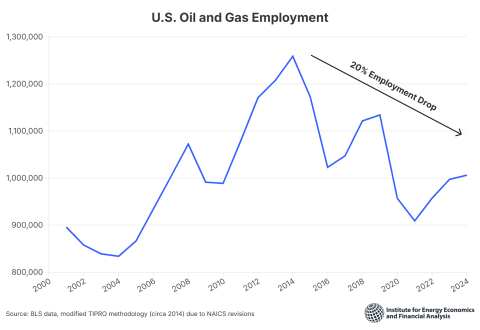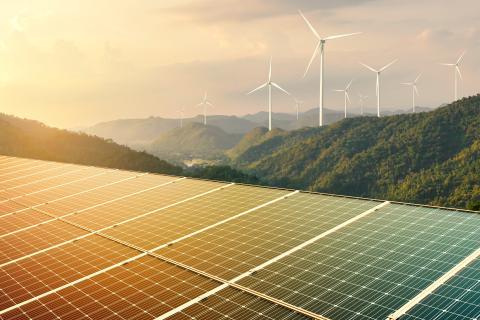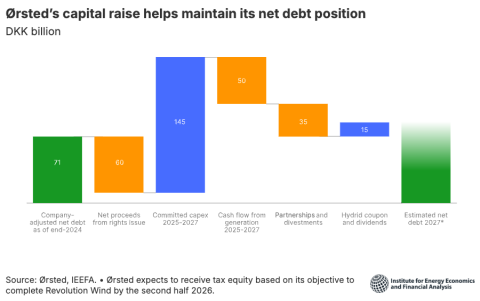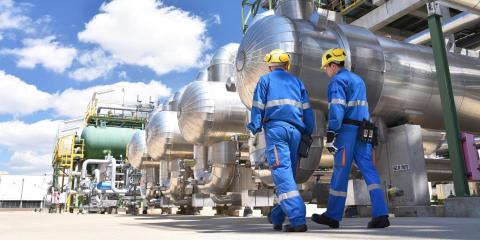Comments to the Treasury Department regarding 45V credit for clean hydrogen
Download Full Version
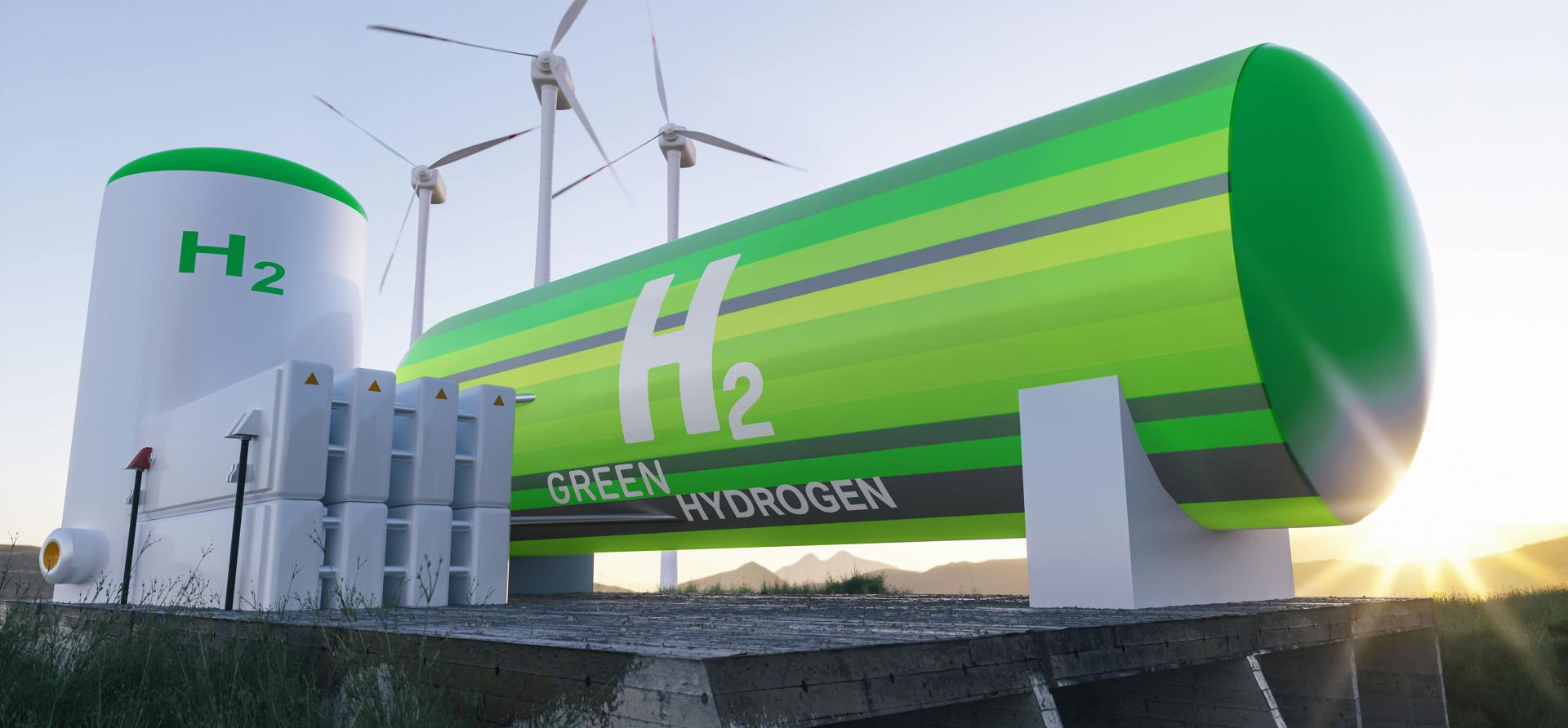
Introduction
The Institute for Energy Economics and Financial Analysis (IEEFA) provides the following comments to the Department of the Treasury, Internal Revenue Service, regarding proposed regulations relating to the credit for production of clean hydrogen (clean hydrogen production credit), as established and amended by the Inflation Reduction Act of 2022. In particular, these comments focus on the need for oversight of compliance with the eligibility requirements for credits pursuant to Section 45V and for transparency in the use of government funds.
The proposed regulations for Section 45V do not include any oversight mechanism. This is of concern, considering the December 2021 U.S. Government Accountability Office (GAO) report, Carbon Capture and Storage: Actions Needed to Improve DOE Management of Demonstration Project, included findings that highlighted issues related to the complexity and feasibility of carbon capture projects as well as problems related to the waste of taxpayer dollars. The report recommended stronger oversight of any carbon capture and storage activities funded in full or in part by the government. Yet there is no evidence that any such measures will be included in the 45V regulations.
To the extent possible, the 45V regulations should include provisions that will ensure the IRS has the tools necessary to prevent waste, fraud, and misuse of taxpayer funds in these highly technical, complex projects involving technologies such as carbon capture and storage, which are unproven for large, commercial-scale facilities operating over the long-term.
IEEFA also advocates for transparency in the use of government funds. The Department of Treasury should require taxpayer disclosure of how much carbon dioxide (CO2) is captured each year, the total project carbon dioxide-equivalent emissions (CO2-e), the amount of hydrogen (H2) produced, and the 45V credit tier achieved by the project. Without this transparency, the public will not know whether the taxpayer funds being distributed under 45V have been used effectively.




